The central role of catalytic gas purification along the hydrogen value chain
)
Very high gas purity is essential for many applications, including mobility or the chemical industry. ReiCat develops systems for catalytic gas purification that reliably reduce impurities such as oxygen, moisture, or carbon monoxide to parts-per-million (ppm) levels, thus ensuring the usability of hydrogen and CO₂ along the entire value chain.
Hydrogen has been an indispensable technical gas in industry for decades. Among other things, it is used to produce ammonia for fertilizers and hydrogenation processes, methanol production and the synthesis of fragrances. Hydrogen also plays a central role in refineries, including desulphurization of fuels and hydrocracking of heavy hydrocarbons.
The hydrogen that feeds these industrial applications has so far been obtained almost exclusively from fossil sources, in particular through steam methane reforming (SMR) of natural gas and, to a lesser extent, as a by-product of chlor-alkali electrolysis. Steam reforming of natural gas results in significant CO₂ emissions.
However, as part of global decarbonization strategies, the hydrogen economy is facing a profound change. The aim is to replace so-called grey hydrogen, which is produced by steam reforming, with more climate-friendly alternatives, above all blue and green hydrogen. While natural gas is still used in the production of blue hydrogen, the CO₂ produced is captured and either stored (CCS) or reused (CCU). Green hydrogen, on the other hand, is produced in so-called Power-to-X (PtX) systems by electrolyzing water with electricity from renewable sources - completely without CO₂ emissions.
However, the role of green hydrogen is not limited to replacing fossil fuels. In the energy system of the future, it will play a key role as a flexible, storable and transportable energy carrier that balances supply and demand in an increasingly volatile electricity market. New applications are also emerging. In its pure form or as a chemical derivative, hydrogen can replace fossil fuels in steel production (e.g. through direct reduction) or in heavy goods transportation (e.g. through fuel cells or e-fuels).
This transformation of the hydrogen economy affects all stages of the value chain - from production to transportation, storage and use.
Gas purification along the hydrogen value chain
Gas purification is an essential process step along the entire hydrogen value chain. Both hydrogen and separated CO₂ contain gaseous impurities in various process stages that need to be removed in a targeted manner. This is because many applications, particularly, the mobility and chemical industries require hydrogen with a very high purity in the ppm range. Without suitable purification technology, safe transportation, reliable storage and process-safe further use of the gases is not possible.
Gas purification in the production of hydrogen and CO₂
Hydrogen produced by electrolysis usually contains residual moisture and residual oxygen, as the electrochemical splitting of water is not completely selective. Although these impurities are only in the ppm range, they are problematic for many subsequent processes:
- Residual moisture can condense during temperature fluctuations and lead to corrosion in pipes or tanks. If it freezes, instruments can be blocked by ice formation.
- Residual oxygen poses a risk for downstream processes - e.g. in the synthesis of methanol or the production of flat glass.
Depending on the intended use of the hydrogen, purification must be adapted accordingly: Moisture, oxygen or both must be removed.
If hydrogen is produced by steam reforming, the impurities are different: CO, CO₂, methane, and water vapor typically occur here. Carbon monoxide (CO), which acts as a catalyst poison for fuel cells even in very low concentrations, is particularly critical. For applications in the mobility sector, such as for fuel cell trucks, a CO concentration of less than or equal to 0.2 ppm is prescribed in accordance with DIN EN 17124. Gas purification is essential here. The CO₂ separated during blue hydrogen production also contains critical impurities: Moisture, oxygen and hydrocarbons (C1-C4). If this CO₂ is to be used further to produce synthetic fuels or as a food additive (e.g. carbon dioxide), these components must be removed in order to meet quality and safety standards.
Gas purification at pipeline tapping points
Another critical point for gas purification is transportation via pipelines. Even if the hydrogen has already been purified and fed into the network, recontamination can occur during transportation itself via:
- Entries from pipe walls (e.g. after conversion of natural gas pipelines)
- Leaks
- Contact with residual gases or moisture
A study conducted by NOW on behalf of the Federal Ministry for Digital and Transport Affairs (BMDV) emphasizes that a high level of gas purity is absolutely essential, especially for hydrogen filling stations. According to DIN EN 17124, hydrogen for fuel cell applications may only contain 5 ppm oxygen and 0.2 ppm CO, among other things. Such purities are not guaranteed after transportation via pipelines and must therefore be ensured by a purification system at the extraction point.
Gas recycling in industrial applications
In the chemical industry and in metal processing, hydrogen is often not used up completely, but merely contaminated. Through gas purification, up to 98% of this hydrogen can be recovered in a circulation system. This has several advantages:
- Reduction in operating costs
- Contribution to resource efficiency and sustainability
- Independence from the hydrogen market
Highly efficient gas purification with catalyst technology
All the purification steps described above are based on a common key technology: catalytic gas purification. It is used to refine technical gases to a ppm level. Catalysts act as “chemical mediators” by selectively converting organic impurities into harmless components at low temperatures, i.e. with minimal energy input. The catalyst itself remains unused.
Thanks to their high efficiency and durability, catalysts are particularly suitable for purifying technical gases on an industrial scale. The selection of a suitable catalyst always depends on the gas mixture and the impurities to be removed. In many cases, the catalyst must be supplemented by other process engineering or mechanical processes such as adsorptive drying to remove moisture or cryogenics to remove nitrogen.
ReiCat, based in Gelnhausen, Hesse, develops its own catalyst formulations and combines these with other technologies in large-scale plants for purifying technical gases.
A typical example is the process developed by ReiCat for purifying hydrogen from electrolysis: in the first step, the residual oxygen reacts with hydrogen in a DeOxo catalyst to form water vapor. The hydrogen is then dried using a temperature swing adsorption process (TSA). The water vapour condenses into deionized water, which is fed back into the electrolyser using closed-loop technology. This closed loop reduces hydrogen losses from around 3% to almost 0% compared to conventional TSA processes.
The purification steps can be flexibly adapted thanks to a modular design: Depending on the application, only a DeOxo unit or only a TSA dryer can be integrated into the system.
ReiCat has established this technology in chlor-alkali electrolysis for decades. Various systems are in use at chemical companies around the world. The company is currently supplying more and more PtX plant operators who are placing new demands on purification systems: While chlor-alkali electrolysers are usually operated constantly at high capacity, PtX systems have to handle current-dependent load changes depending on the weather. ReiCat has developed the ‘HighFlex H₂ technology’ for this purpose, which guarantees consistently high gas purity even with strongly fluctuating volume flows - down to 10%, in some cases even 5%.
Catalytic hydrogen purification in use
A current example from the PtX sector is the cooperation with the Danish company European Energy, a leading project developer in the wind power, photovoltaics and PtX sectors.
In May 2025, European Energy commissioned a European lighthouse project in Kassø, Denmark, near the German border: the world's first large-scale e-methanol plant. Powered by solar power from the neighboring solar park, the plant will produce around 42,000 tons of e-methanol annually, as a climate-friendly alternative to fossil raw materials in shipping and plastics production. Customers for the methanol include Lego, Novo Nordisk and A.P. Moller - Maersk.
The CO₂ required for methanol synthesis is obtained from an adjacent biogas plant, while the hydrogen comes from electrolysis. ReiCat supplied a hydrogen purification system with a DeOxo catalyst for the project to remove the residual oxygen contained in the hydrogen. As the residual moisture contained in the electrolysis hydrogen does not affect the downstream methanol production, no additional drying step is required in this case.
Conclusion
The new hydrogen economy, in which green hydrogen, captured CO2, fuel cells, and pipeline transportation play a central role, places new demands on the gas quality of hydrogen and CO2. Catalytic gas purification will thus become an enabler of a sustainable hydrogen economy.
Sophia Höfling
Sophia Höfling joined ReiCat in 2022 and has been the company's Chief Operating Officer (COO) since 2024. She holds both a Bachelor's and Master's degree in Industrial Engineering from the Technical University of Munich and an Honors Degree in Technology Management from the Center for Digital Technology and Management (CDTM). Between 2015 and 2022, Höfling was involved in building two deep tech companies in the field of robotics and machine learning, where she led the product management and customer experience departments.
© ReiCat

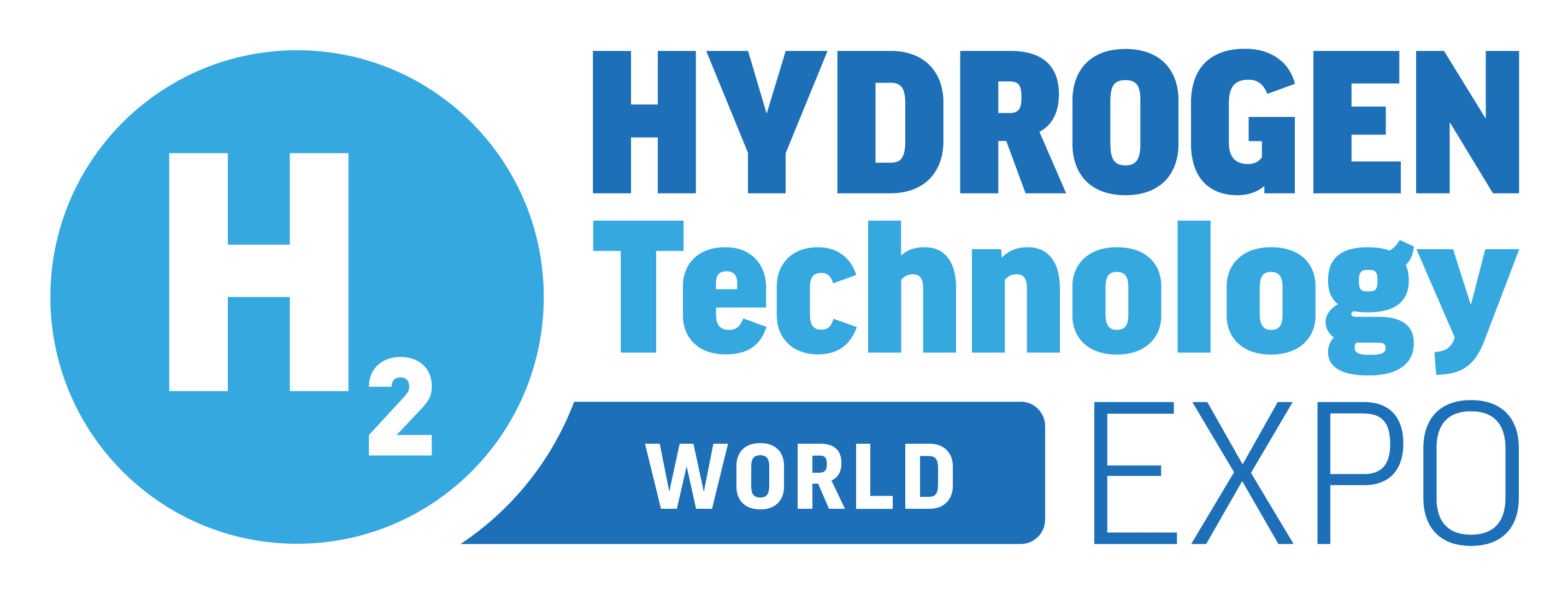

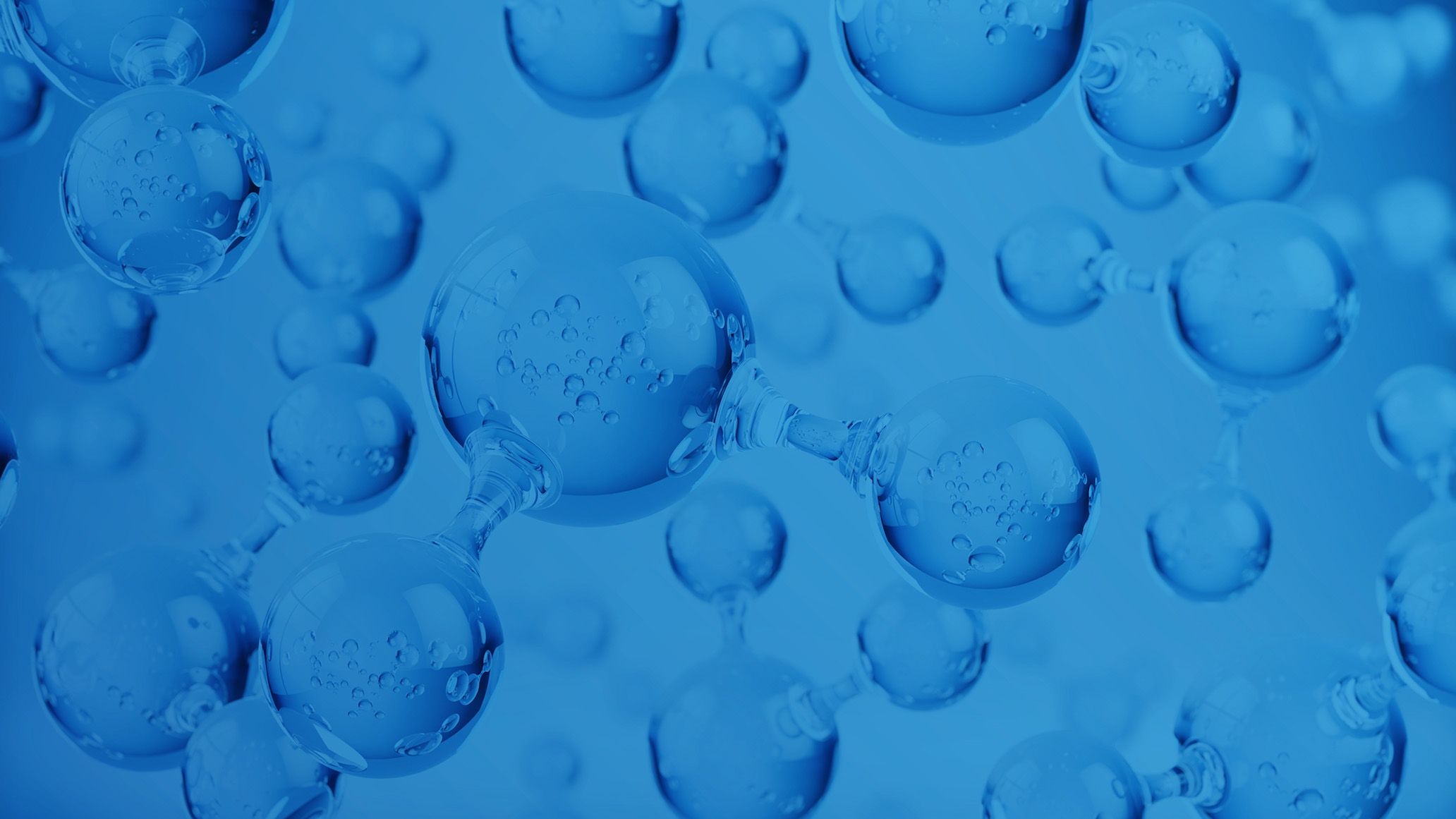
)
)
)
)
)
)
)
)
)
)
)
)
)
)
)
)
)
)
)
)
)
)
)
)
)
)
)
)
)
)
)
)
)
)
)
)
)
)
)
)
)
)
)
)
)

)
)
)
)
)
)
)
)
)
)
)
)
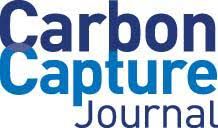
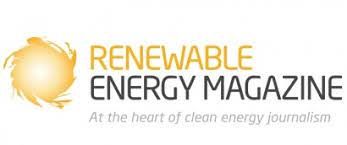
)
)
)
)
)
)
)
)
)
)
)
)

)
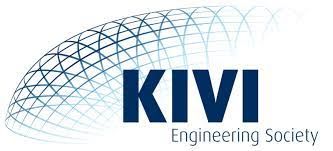
)
)
)

)
)
)
)
)
)
)
)
)

)
)
)
)

)
)
)
)
)
)
)
)
)
)


)

